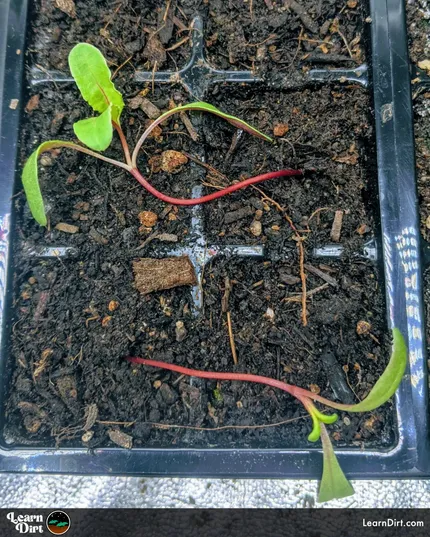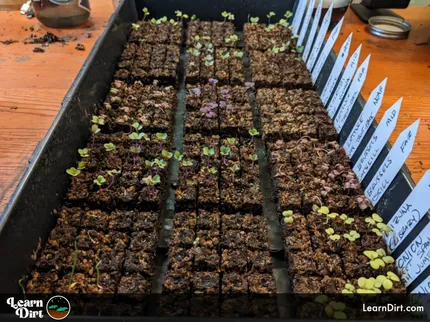If you're looking to get into cover crops but aren't sure which ones to use, you're in the right place. Here we'll discuss how to determine the best cover crops for your region, as well as some practical tips for getting started cover cropping.

Unsure what cover crops are or why they're used? Check out our beginner's guide to cover crops first, and then come back when you're ready to pick some specific covers for your location.
Do Cover Crops Work Anywhere?
Just like herbs, fruits, and veggies, there are some cover crops which will grow in your region and some that won't. Each cover crop has specific needs and tolerances, so it's important to match your cover crops to your climate.
Learning about what each cover requires to thrive, as well as their benefits and uses will help to inform your choice of which covers you want to grow.
Disclaimer: This post may contain affiliate links. Refer to the privacy policy for more information.
Can You Grow Cover Crops During Any Season?
Many cover crops are short-lived annuals which are planted each season, and should be aligned with the temperatures and conditions that season will present.
What Cover Crops Will Work in Your Region
The absolute easiest way to determine which cover crops will thrive in your region is to try a mix!
Grab a diverse cover crop mix like this for the warm season, or this for overwintering and scatter them around liberally.
By broadcasting a cover crop mixture, covering them with a bit of compost or mulch (optional), and watering daily for a week or two - you'll quickly find out which ones will grow and thrive and which just aren't going to work for you.
Be sure to try this in every season, and observe which covers grow best at which times of the year - and which simply won't grow in your climate.
Once you've done some trials and made some observations, you'll be much more informed for buying larger quantities of specific covers that you choose, and applying them at the correct times of the year for your region.
If you'd rather dig into various climate types and the covers that may work there, keep reading.
Cover Crops for Various Climatic Conditions
Cover Crops for Cold Climates (Frost Tolerant)
Cover Crops for Hot Climates (Heat Tolerant)
- Sudangrass
- Sorghum
- Sorghum-Sudangrass
- Millet
- Cowpea
Cover Crops for Wet Climates (Flood Tolerant)
- Radish (Daikon, Oilseed, or Forage)
Cover Crops for Arid Climates (Drought Tolerant)
- Alfalfa
- Sudangrass
- Sorghum
- Sorghum-Sudangrass
- Millet
- Cowpea
Cover Crops for Moderate Climates (Temperate Conditions)
Cover Crops for Windy Climates
- Hairy Vetch
Cover Crops for High Altitude
- Alfalfa
- Winter Wheat
Cover Crops for Various Soil Conditions
Cover Crops for Sandy Soils
- Alfalfa
- Barley
- Triticale
Cover Crops for Clay Soils
- Daikon
- Ryegrass
Cover Crops for Saline Soils
- Barley
- Kochia
Cover Crops for Alkaline Soils
Cover Crops for Acidic Soils
- Crimson Clover
- White Clover
- Rye
Cover Crops for Polluted Soils
- Sunflowers
- Mustard
Cover Crops for Coastal Soils
- Ryegrass
Further Reading
To learn more about utilizing cover crops for specific scenarios, we suggest checking out some of our other articles on covers to learn more about them:




























Leave A Comment:
Under construction, please check back soon!